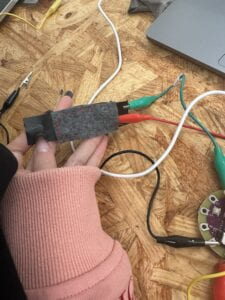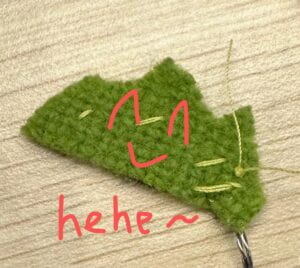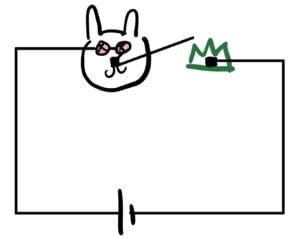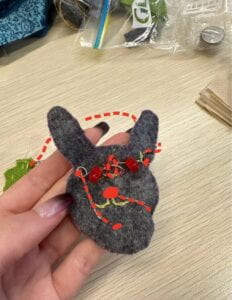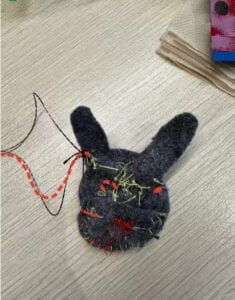This week, we watched the film “Paris is burning”, which was a really thought-provoking film. “THE BALL” is a grand event that was “compatible to Oscar” to those people who have a relatively low stand in the society. It’s an event where they can escape their everyday normal life and to be “unnormal”, to stand out, to gain applause and respect, to actually be the glamorous, stunning person they want to be from the bottom of their hearts.
I was in the group3 and our question was: 1, How is fashion connected to our perception of different social classes?
2, Do you think there is a connection in the film between luxury and high fashion with power? We thought that one of the most explicitly shown aspects in the film about “fashion relates to social class” and “there is a connection between luxury and high fashion with power” is the use of luxurious fabric like fur, diamonds, and also accessories. People made up their own “fur”, accessories with cheap alternatives because in the reality, they can’t afford these ad they are not “high status” enough to own these, while at the same time they long for these, not only the fashion items but also the status and richness. There is a solid gap between the imagination and reality, and between them and the actual “high level social classes”.
It’s also very thought-provoking to see the interlude of scenes in “The Ball” and out “The Ball”, and the dramatic conflicts the movie creates through the constant interluding and interviews. We can see clearly how this event is extracting people from a struggling life to a luxurious and glamour one. Their desire, their dreams and wishes were so obvious but they were so helpless at the same time for it was hard for them to change their current situation and really live the life that they’ve dreamt of.
For this week’s assignment, we were asked to make a mask that shows our identity explicitly. About the mask itself, when I think of mask, I think of the costume party where people would hold a mask to cover their face. So that’s why I designed a hand-hold mask.Then about “showing my identity”, I thought of many of my identities, and the one I think that impacts me the most as well as represents me the most is that I have a protecting mechanism, which is that I would treat others exactly the way they treat me, like a mirror. So I decided to make a mask full of mirrors that enable the person I face to see only himself/herself.
I bought some mirrors online and try to find some fitting materials to make the mask. I found the shinning, almost transparent material and that catches my eyes immediately. I think the way it shines but at the same time not so showing off can also say something about me, or at least the kind of personality that I want to have.
I also got some wires and benched them into the shapes of eyes, nose and mouth and I sticked the mirror in the shapes. And I sticked those components onto the shiny material.
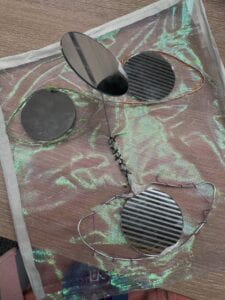
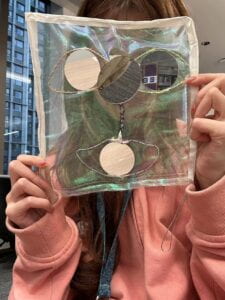
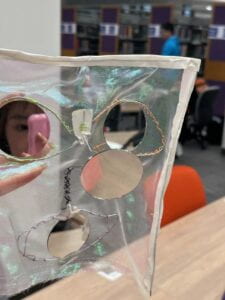
I tested this with a few friends and made sure that they could hardly see me but mostly themselves.
For future development, Professor Marcele suggests that I could use mirrors in different shapes to fit better, also to make the structure more stable. And I think that I can also think more about the shape of the mask, and the length of the nose can actually be altered to the minimum distance that I can accept for a stranger to approach me, so that the mask can show more of its “protecting” feature.
